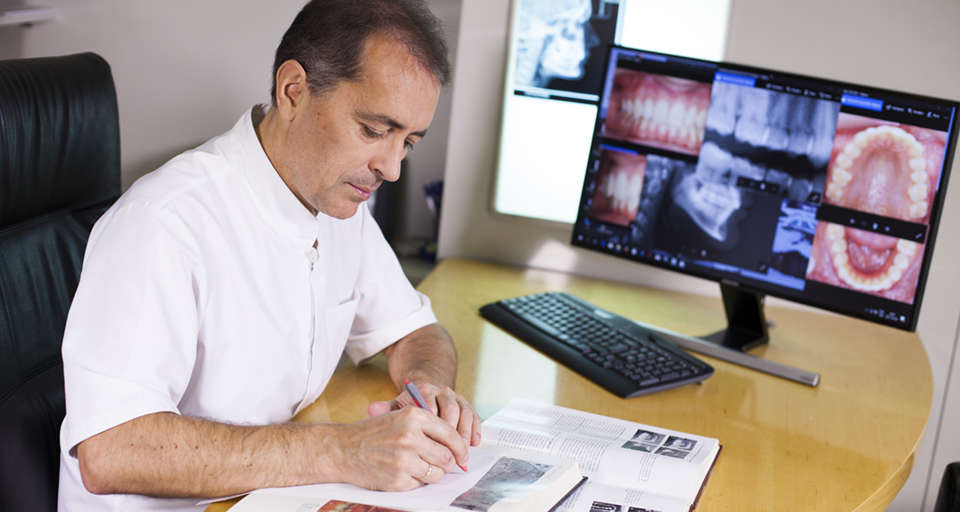Reliability of the cervical vertebrae maturation (CVM) method.
Written by admin on December 30, 2015
Bratisl Lek Listy. 2015;116(4):222-6. doi: 10.4149/bll_2015_043.
Predko-Engel A, Kaminek M, Langova K, Kowalski P, Fudalej PS.
OBJECTIVE: To assess the reliability of the cervical vertebrae maturation method
(CVM).
BACKGROUND: Skeletal maturity estimation can influence the manner and time of
orthodontic treatment. The CVM method evaluates skeletal growth on the basis of
the changes in the morphology of cervical vertebrae C2, C3, C4 during growth.
These vertebrae are visible on a lateral cephalogram, so the method does not
require an additional radiograph.
METHODS: In this website based study, 10 orthodontists with a long clinical
practice (3 routinely using the method – “Routine user – RU” and 7 with less
experience in the CVM method – “Non-Routine user – nonRU”) rated twice cervical
vertebrae maturation with the CVM method on 50 cropped scans of lateral
cephalograms of children in circumpubertal age (for boys: 11.5 to 15.5 years;
for girls: 10 to 14 years). Kappa statistics (with lower limits of 95%
confidence intervals (CI)) and proportion of complete agreement on staging was
used to evaluate intra- and inter-assessor agreement.
RESULTS: The mean weighted kappa for intra-assessor agreement was 0.44 (range:
0.30-0.64; range of lower limits of 95% CI: 0.12-0.48) and for inter-assessor
agreement was 0.28 (range: -0.01-0.58; range of lower limits of 95% CI:
-0.14-0.42). The mean proportion of identical scores assigned by the same
assessor was 55.2 %(range: 44-74 %) and for different pairs of assessors was 42
% (range: 16-68 %).
CONCLUSIONS: The reliability of the CVM method is questionable and if
orthodontic treatment should be initiated relative to the maximum growth, the
use of additional biologic indicators should be considered (Tab. 4, Fig. 1, Ref. 24).
DOI: 10.4149/bll_2015_043
PMID: 25773948 [Indexed for MEDLINE]




